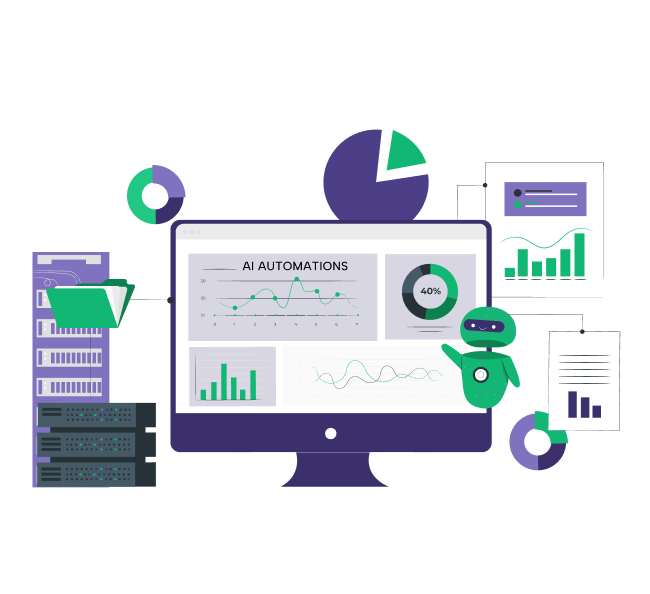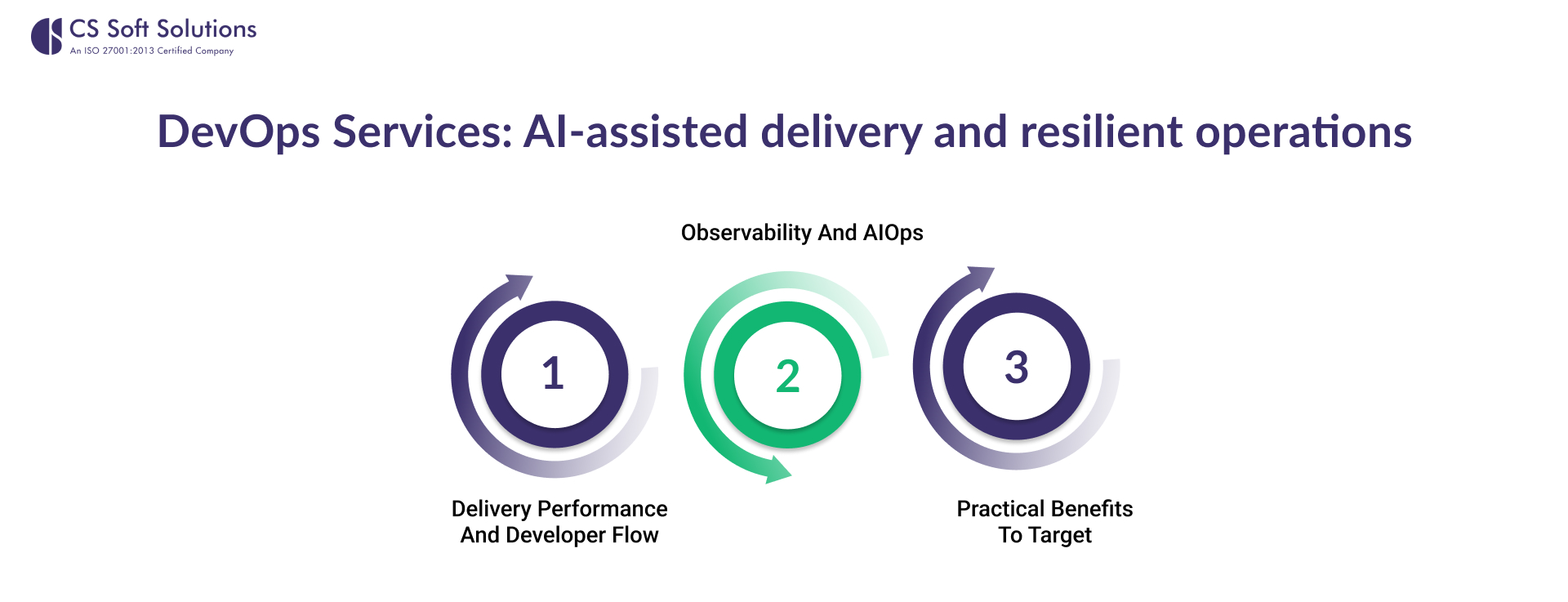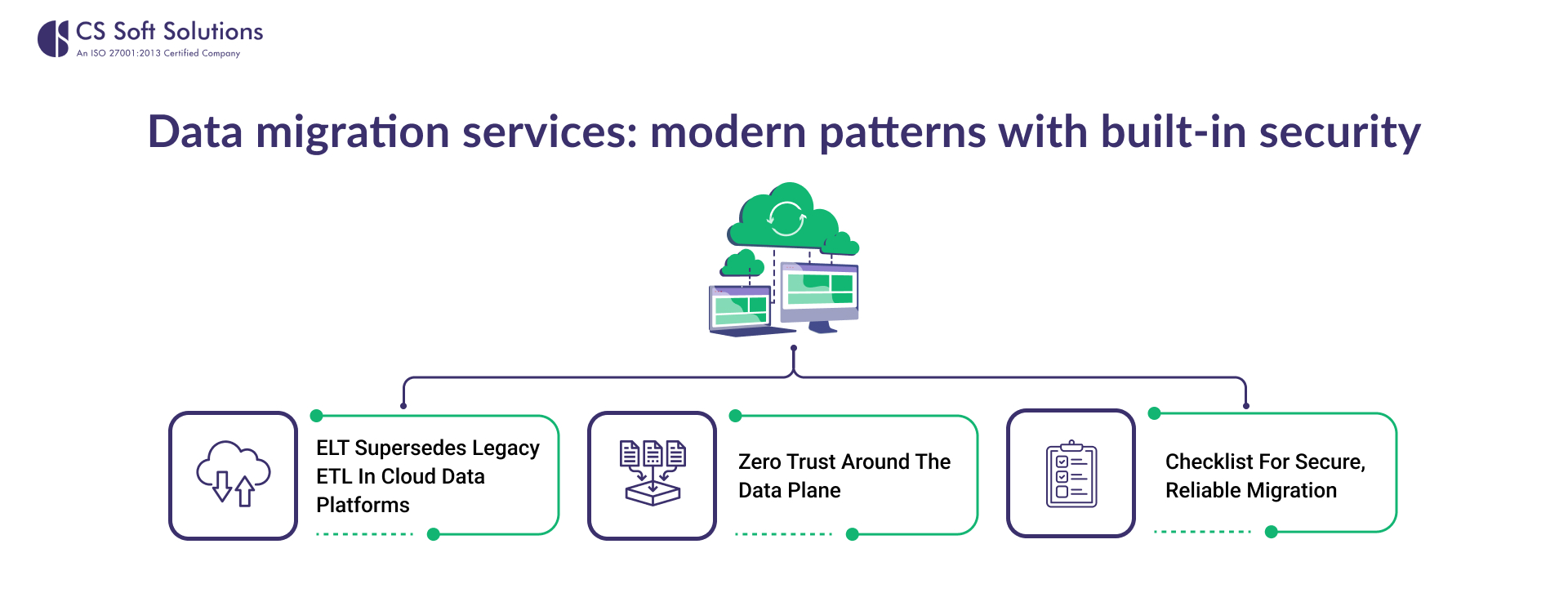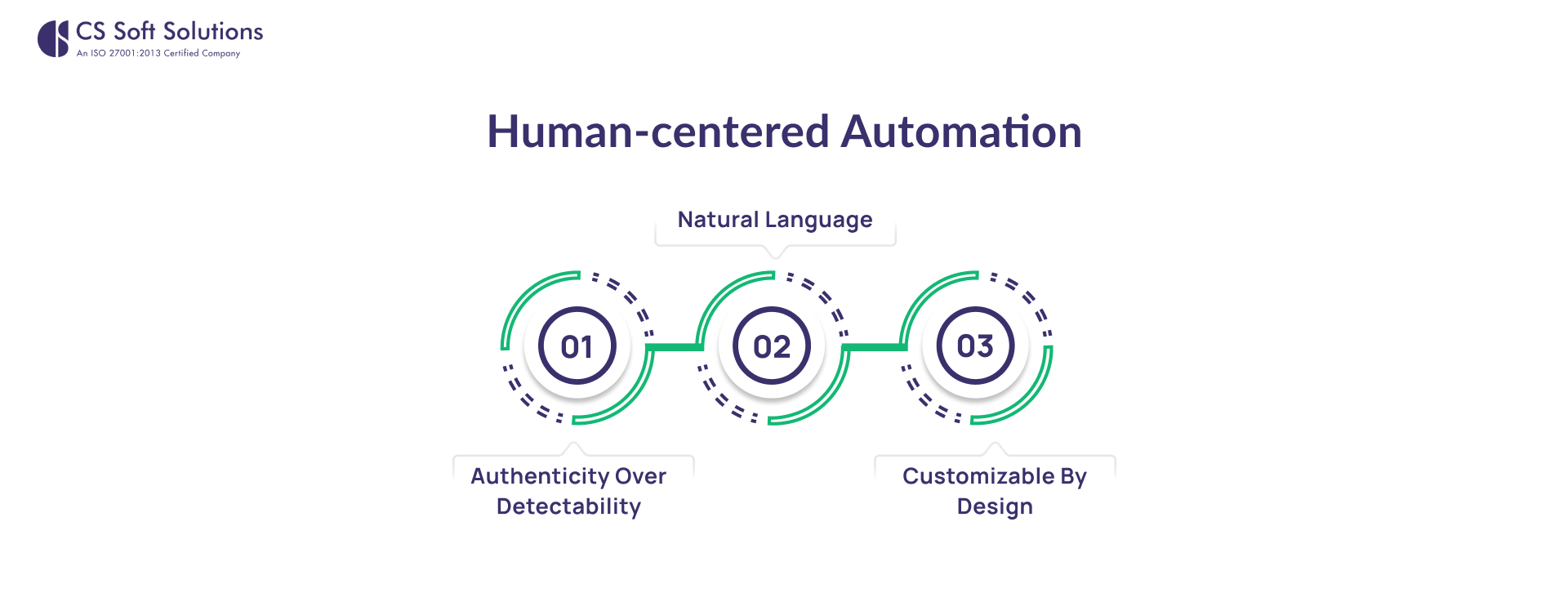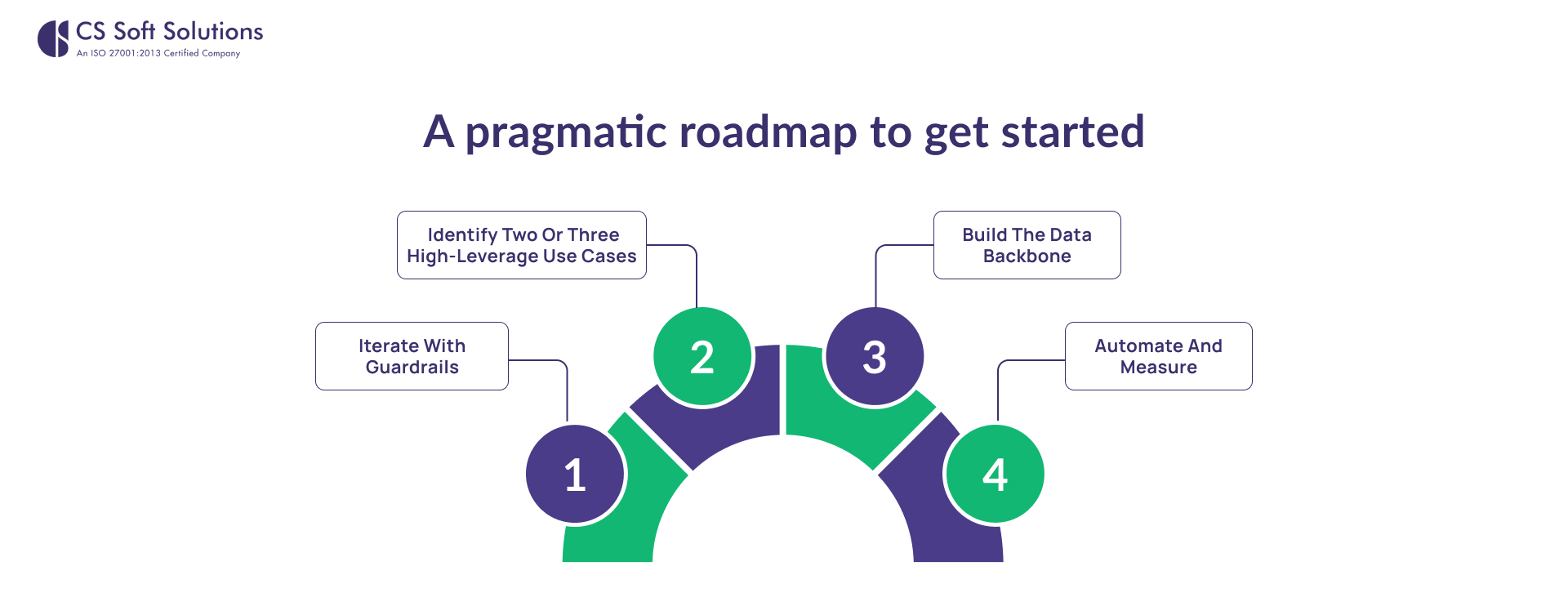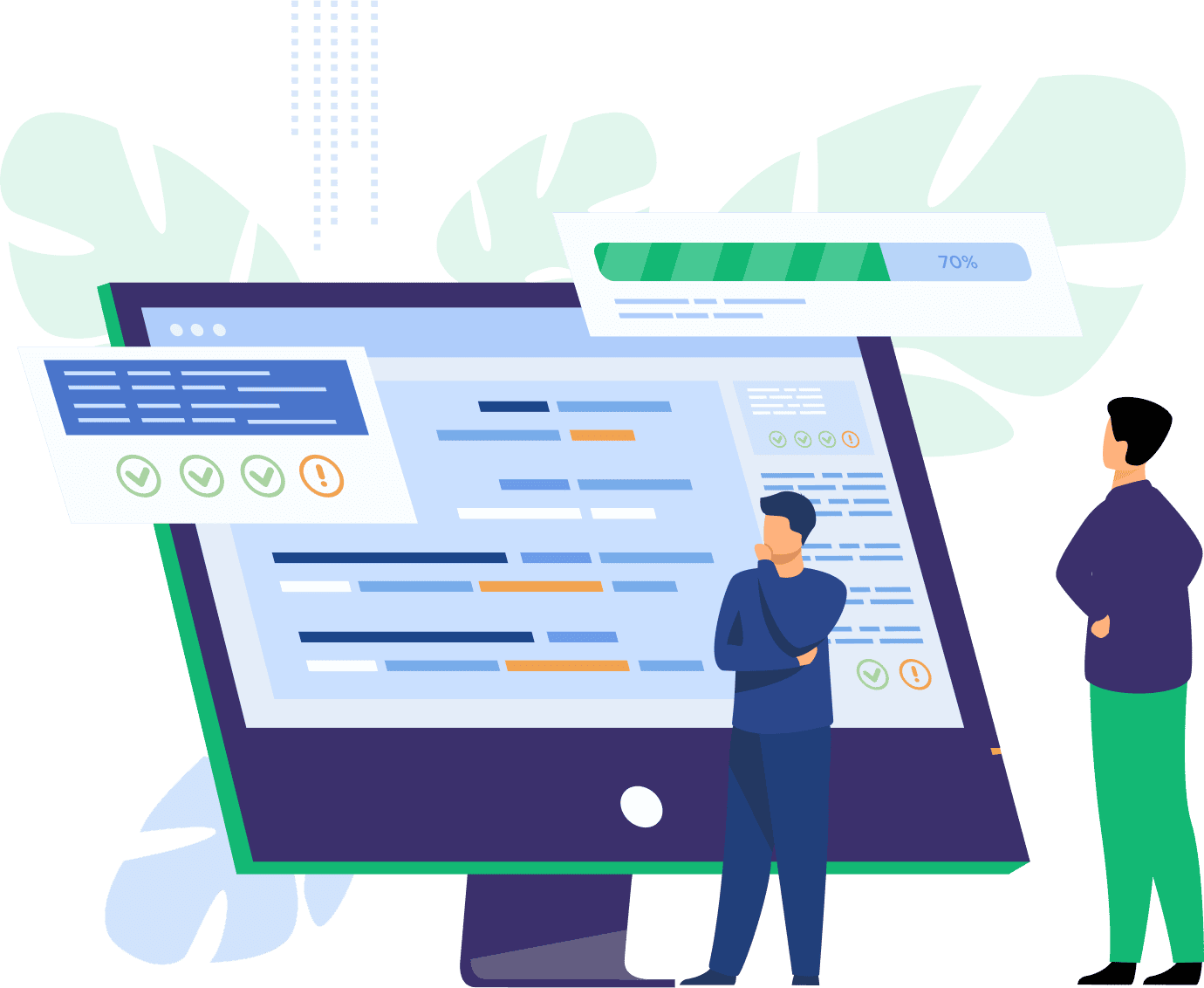
The shift: from proofs of concept to AI‑driven reinvention
Industry outlooks point to a clear inflection. Reports anticipate a transition to AI‑first operations in 2025, where AI agents and robust data foundations underpin scalable answers, monetization, and resilience. Organizations are being urged to measure AI economics, harden cyber‑recovery, and modernize cloud and data stacks as part of this pivot.
The economic upside is substantial. Research estimates that generative AI could add trillions of dollars annually by boosting customer operations, marketing, software engineering, and R&D, four areas that capture most of the value when AI is embedded into everyday work.
DevOps Services: AI‑assisted delivery and resilient operations
DevOps Services are evolving with AI across the delivery and operations continuum.
1) Delivery performance and developer flow
Ten years of DevOps research highlights four outcome metrics: deployment frequency, lead time for changes, change failure rate, and mean time to recovery as the industry’s common baseline for software delivery health. Recent reports add a new lens on AI adoption, noting that most developers now rely on AI for at least one daily responsibility and report tangible productivity gains.
Guides from industry platforms reinforce how those metrics are measured and improved, providing practical thresholds for “elite” performance in CI/CD environments.
2) Observability and AIOps
Operations teams face rising telemetry and complexity; analysts call out AI capabilities and cost optimization as differentiators in the expanding observability market. AI‑aided incident analysis and automation help contain spend while lifting reliability.
Meta‑analyses and conference takeaways show AIOps driving down mean time to resolution and increasing automated remediation adoption in large enterprises, with adoption rates projected to become mainstream over the next few years.
3) Practical benefits to target
Studies and vendor‑neutral surveys describe concrete gains: event de‑noising, faster root‑cause identification, and earlier anomaly detection, each contributing to lower MTTR and steadier change success.
Data migration services: modern patterns with built‑in security
Migration is more than moving tables. It is the connective tissue of Data migration services, tying AI, analytics, and governance together.
1) ELT supersedes legacy ETL in cloud data platforms
Modern warehouses separate storage and compute, letting teams extract, load, and transform directly inside the warehouse for scalability and cost control. Best‑practice guides recommend a raw zone plus analytics zone to preserve lineage, simplify compliance, and keep transformations auditable.
Platform documentation underscores ELT’s advantages for performance and flexibility, and ecosystem catalogs map out native connectors and orchestration options that keep migration manageable.
For planning, practitioner playbooks outline phased migration discovery, cutover, process modernization, and validation, emphasizing near‑real‑time syncs, auditability, and stakeholder sign‑off.
2) Zero Trust around the data plane
Moving data increases exposure. Recent guidance from public agencies frames Zero Trust as the default posture for hybrid and multi‑cloud environments, offering tested reference designs and examples that map to common standards.
These publications provide nineteen implementation scenarios and practical steps that enterprises can emulate to secure identities, segment access, and continuously verify requests throughout migration and modernization.
3) Checklist for secure, reliable migration
- Classify sensitive data and define labels before any move.
- Use ELT in the warehouse for heavy transforms; keep raw and analytics layers separate to preserve lineage.
- Automate validation with rules and monitoring to compare legacy vs. cloud outputs, then tune pipelines for cost and performance.
- Enforce Zero Trust controls (least privilege, continuous verification, microsegmentation) across identities, services, and data access paths.
Where AI and automation pay back across Digital Transformation Services
AI investment momentum continues to accelerate, with forecasts highlighting agentic AI as a major driver of budget expansion and long-term platform shifts.
At the same time, executive surveys chart rising digital budgets and caution leaders to balance AI growth with foundational capabilities data management, cloud platforms, and ERP, to avoid starving the rest of the stack.
Bottom line: meaningful ROI emerges when teams integrate AI with DevOps telemetry, secure data migration, and observability, then measure outcomes against delivery and reliability metrics rather than vanity AI usage.
Human‑centered automation: natural language, authenticity, and customization
When you design AI in the workflow, approach content and decision support with three pragmatic principles:
Natural language
Favor models and prompts that produce clear, context‑aware language for documentation, runbooks, and user interfaces. Research on the productivity impact of generative AI highlights software engineering and customer operations as top value areas that both benefit from human-readable outputs and concise summaries.
Authenticity over detectability
Aim for varied sentence length, domain‑specific vocabulary, and human review cycles to avoid repetitive artifacts that detectors often flag not to “trick” tools, but to ensure writing is accurate, original, and useful. Industry analyses stress governance, data quality, and AI engineering as enablers of long‑term value; those same practices keep content consistent with policy.
Customizable by design
Offer multiple modes draft, technical, executive summary and align with team conventions. Analysts note that integrated platforms and consolidated toolchains reduce cognitive load in DevOps; customizable outputs serve the same goal across engineering, ops, and business stakeholders.
A pragmatic roadmap to get started
1) Identify two or three high‑leverage use cases
- Incident triage with AIOps to cut MTTR.
- CI/CD test optimization and assistive coding in DevOps Services to lift throughput without raising failure rates.
- Enterprise search or knowledge copilots for service desks and product teams.
2) Build the data backbone
- Plan Data migration services around ELT layers; instrument lineage and access controls.
- Apply Zero Trust enforcement from day one.
3) Automate and measure
- Instrument DORA metrics, error budgets, and MTTR/MTTD; set baselines before rollout.
- Tie AI spend on delivery and reliability improvements, not feature counts.
4) Iterate with guardrails
- Establish prompt libraries, review checklists, and content style guides.
- Document failure modes and recovery playbooks; fold lessons into pipelines and policies.
Conclusion: Make AI and automation serve the mission
AI and automation are reshaping Digital Transformation Services by accelerating delivery, strengthening operations, and modernizing the data plane. Teams that anchor these capabilities in DevOps metrics, secure data migration services provided by a reliable partner like CS Soft Solutions India Pvt. Ltd., and outcome‑based measurement will move faster with fewer surprises.




